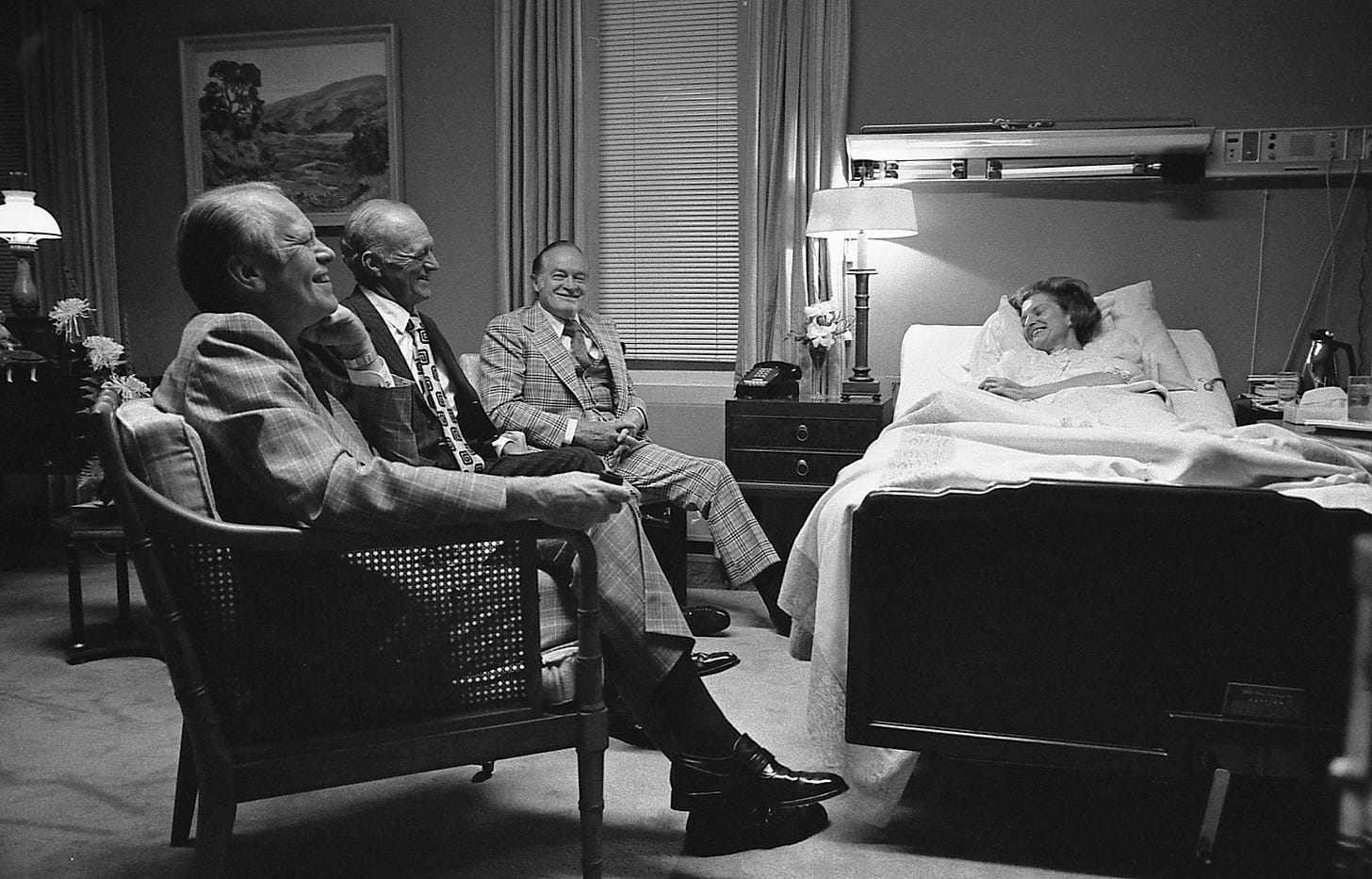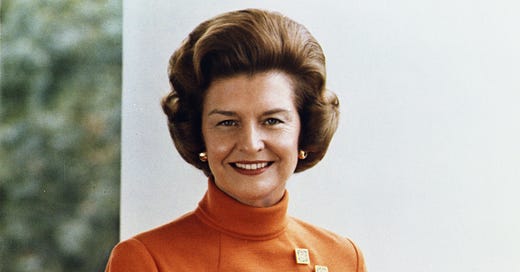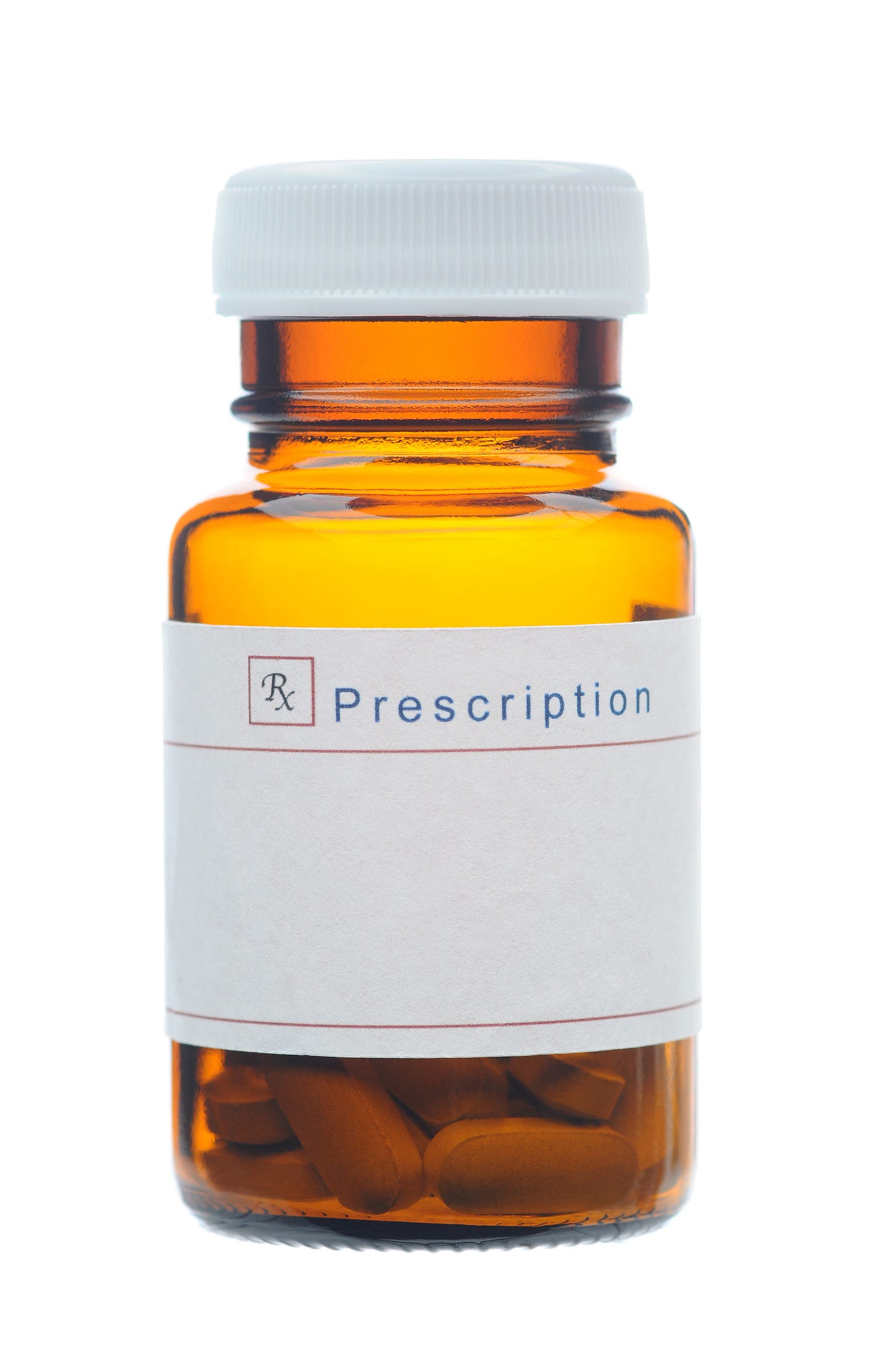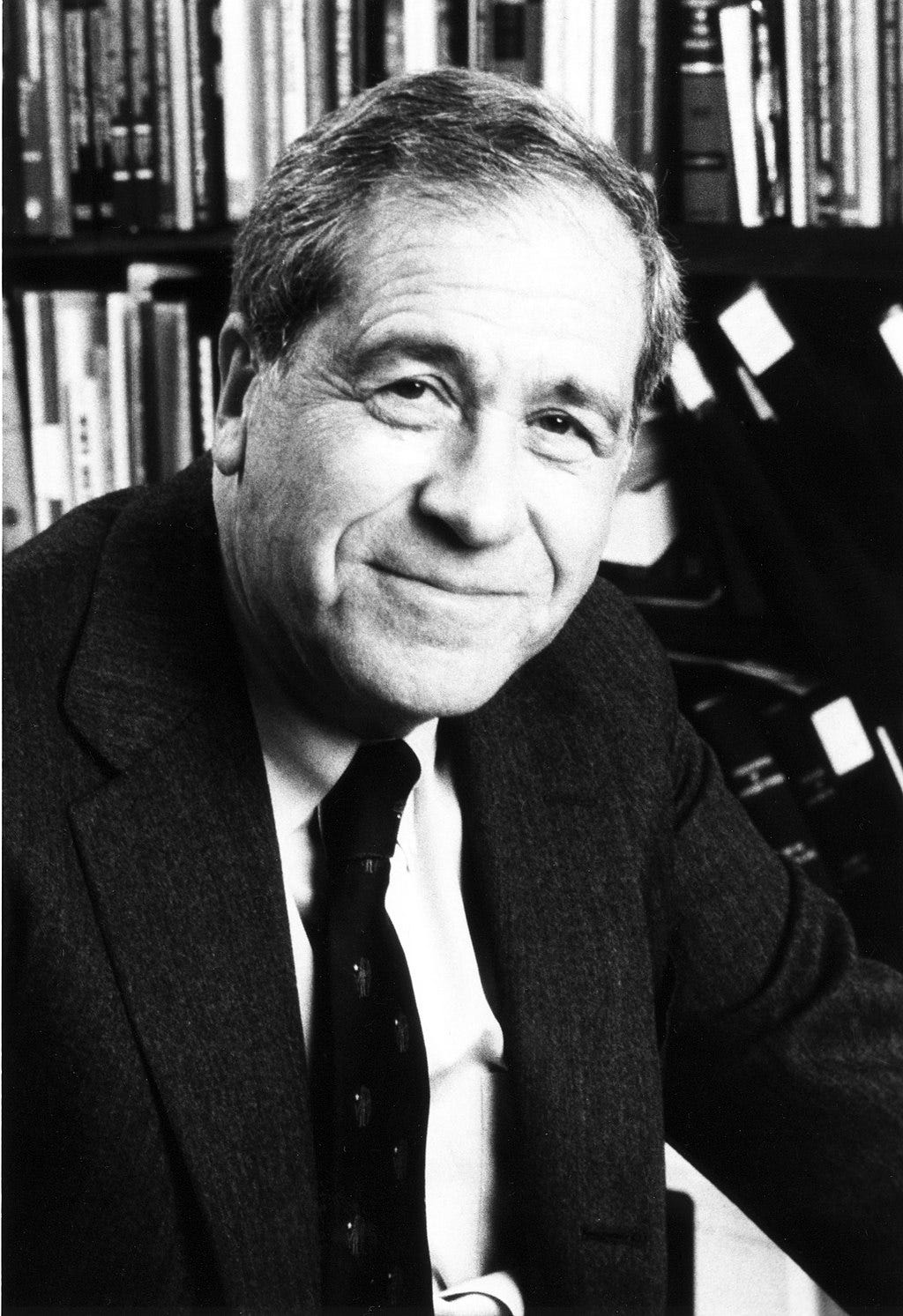
Welcome to October! When everything from yogurt lids to football cleats screams “We support breast cancer! Buy our product and you can too!”
Although “pinkwashing” products raises awareness of breast cancer, it rarely results in meaningful research funding or direct support for breast cancer patients. The overwhelming majority of breast cancer research funding comes from the federal government, not from the donations of large corporate sponsors.
To get the most bang for your buck, my advice is always to keep it local. Find an organization near you that supports cancer patients and donate there. Your dollars are more likely to end up helping a neighbor than to trickle down from large national organizations. If you’re not sure where to start, call your local cancer center and ask to speak to a social worker or nurse navigator. They can tell you where to send a check.
*Dr. Wentworth steps off her soapbox*
For the first few weeks of October, I’m going to be highlighting the impact of several famous women who had breast cancer. First is the story of how a gorgeous, long-legged dancer named Betty brought breast cancer out of the shadows and into polite conversation.
First Lady Elizabeth “Betty” Ford was undergoing a routine physical exam when her gynecologist felt a mass in her right breast. Just weeks into the presidency and days after announcing the pardon of Richard Nixon, President Ford faced the prospect of losing his wife. Betty insisted on sharing her diagnosis publicly. With a press and citizens still sensitive to any whiff of a cover-up, President Ford agreed, and, for the first time, a press conference was held in which the word “breast” was mentioned in relation to the First Lady.
This was shocking for many reasons. Not the least of which was that in the early 1970’s, TV audiences were just getting used to seeing a married couple share a bed, let alone talk about sex. As George Carlin reminds us, saying the word “breast” on television was still considered pornographic. However, as word of her diagnosis spread, hospital hotlines were jammed with women calling for appointments to have their breasts examined. (Mammograms were not yet developed for routine screening.)
Mrs. Ford underwent a radical mastectomy of her right breast on Saturday, September 28, 1974. The following Monday, her surgeon called the President with her pathology report while her gynecologist met with Mrs. Ford to discuss. The prognosis was “good” although two out of thirty lymph nodes removed were positive. Mrs. Ford remained in the hospital for almost 2 weeks while her husband continued to pick up the pieces of the presidency and heal a wounded country.

Although still in the hospital, Mrs. Ford was active almost immediately after her surgery, responding to letters and meeting with her husband, children, and staff. She performed a “spider walk” of her fingers up the wall several times a day to increase her arm motion and celebrated when she lifted a teacup for the first time.
Her husband delivered the game ball from the Washington Redskins-Denver Broncos football game that weekend, a gift from the Redskins coach. To the shock of her husband and doctors, she spontaneously drew her arm back and threw a pass to the President, much to the delight of the press who captured the photo below.
When she was discharged, her doctor noted in an accompanying press release, “Mrs. Ford's progress to date has been excellent and her outlook for prolonged good health is extremely favorable.” However, because cancer was found in two of her lymph nodes, Betty Ford was one of the first women to receive adjuvant (aka after surgery) chemotherapy.
“It was on a Sunday night that Dr. Lukash brought up a little brown bottle of pills for the first time,” Mrs. Ford recalled in her autobiography, The Times of My Life, “I was upset. I thought, every time I look at these pills it’s going to remind me of the fact that I’ve had cancer. Also, I’d heard so many dreadful tales about chemotherapy…Then I pulled myself together.” For five days in a row every five weeks for two years she took chemotherapy with no ill effects.
She received chemotherapy, however, almost by coincidence.
While she was recovering from surgery, a research conference on the treatment of breast cancer was meeting at the NIH, just across the road from her hospital room. At that conference, Dr. Bernard Fisher from the University of Pittsburgh presented a clinical trial that showed positive effects from giving women chemotherapy after breast cancer surgery. In the trial, women treated with two years of a relatively mild oral chemotherapy pill called L-PAM had a better survival from breast cancer than women who did not receive the chemotherapy. Reporter Jane Brody of The New York Times noted that Dr. Fisher and other doctors from the conference crossed the street to meet with Mrs. Ford’s physicians after the conference and recommended she receive L-PAM.
The other study Dr. Fisher presented that fall weekend in 1974 would have an even greater impact. Dr. Fisher presented the initial results of a randomized trial which showed that lesser surgery for breast cancer was equal to the painful and disfiguring radical mastectomy which removed the chest wall muscles as well as all the lymph nodes underneath a woman’s arm. Unfortunately, his trial was too late for Mrs. Ford who received a radical mastectomy.
Momentum had been building in America around less surgery for breast cancer and European surgeons had all but abandoned the procedure. Still, most powerful surgeons including those at leading institutions like Memorial Sloan Kettering and Mayo Clinic insisted that the radical mastectomy was the only way to cure breast cancer. It would take almost a decade before the results presented by Dr. Fisher were accepted by all American surgeons and the “modified” radical mastectomy became the standard procedure.
A scandal.
A resignation.
A routine physical exam.
A brave woman.
And a cancer conference.
All convened in the fall of 1974 to propel breast cancer out of the shadows and into the minds of American women. Progress over the last fifty years in awareness, early detection, and treatment did not start with pink products in grocery stores. The honesty of a public figure, the determination of a surgeon-scientist and the dedication of women who signed up for clinical trials flung open the door to the breast cancer movement that would follow.
On my mind…
For more information about Betty Ford’s breast cancer, you can watch a video of a conversation between myself, Washington Post deputy editor and Nancy Regan biographer Karen Tumulty and an archivist from the Gerald Ford Presidential Library here.
Mammograms are great. Earlier.org is dedicated to finding an even earlier test to detect breast cancer. I serve on their medical advisory board and cannot recommend their mission highly enough. Help put oncologists out of business!
Between 300-400 U.S. physicians die by suicide every year. The equivalent of at least one medical school class. One Harvard surgeon dug into why and the answer was not as clear as I thought it would be.










Fascinating context, I’ve only been around since the mid 70’s so good to learn this… so much progress with women’s health and breast cancer, despite the bodily autonomy Supreme Court setback recently.